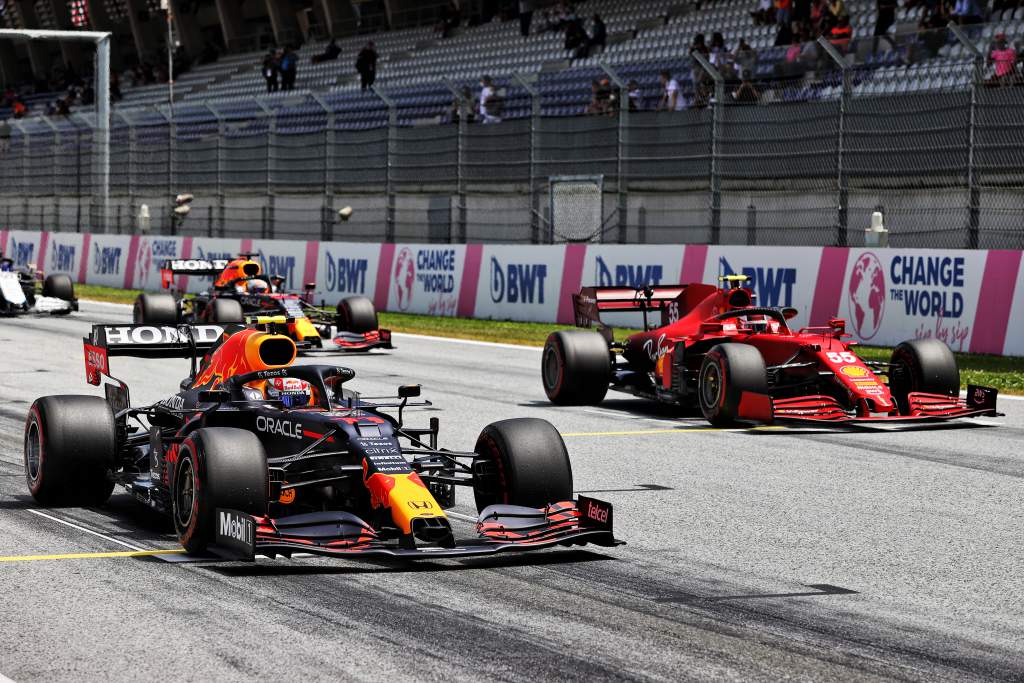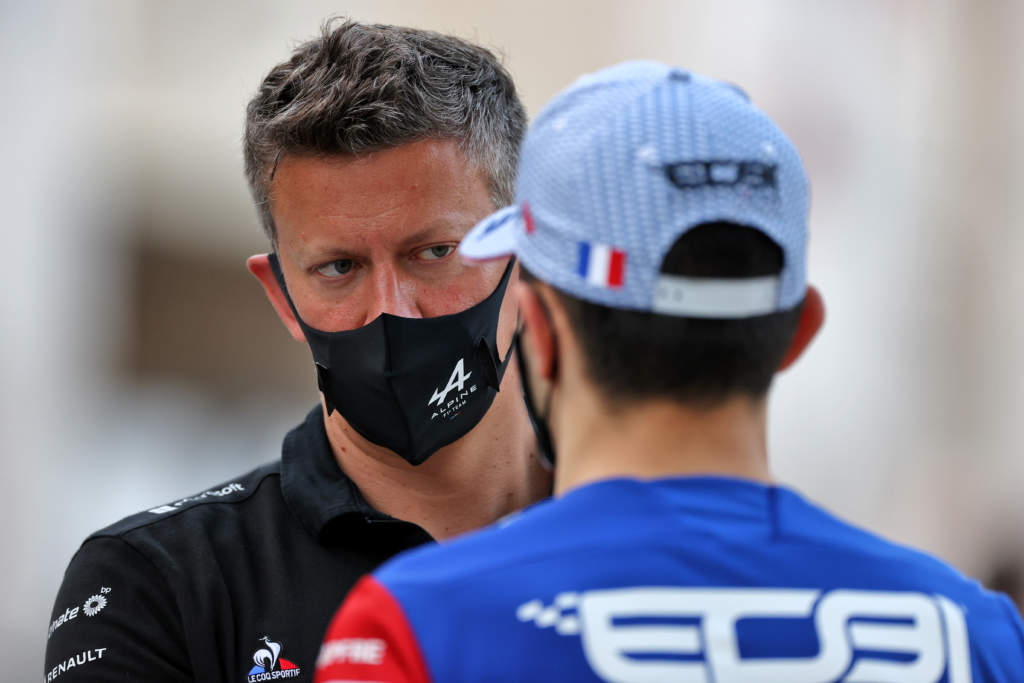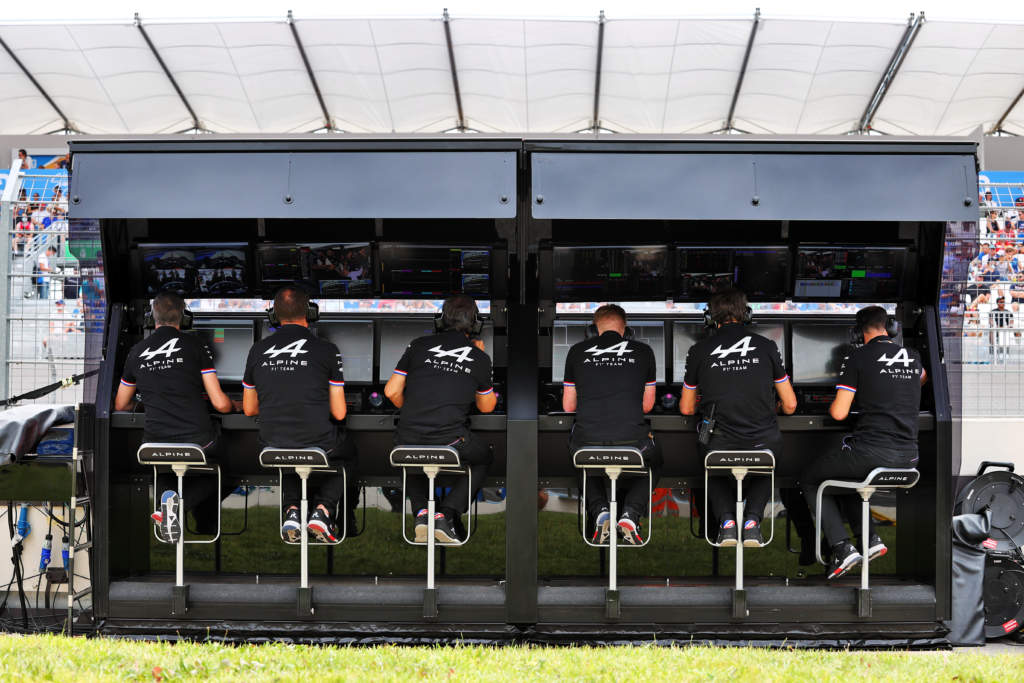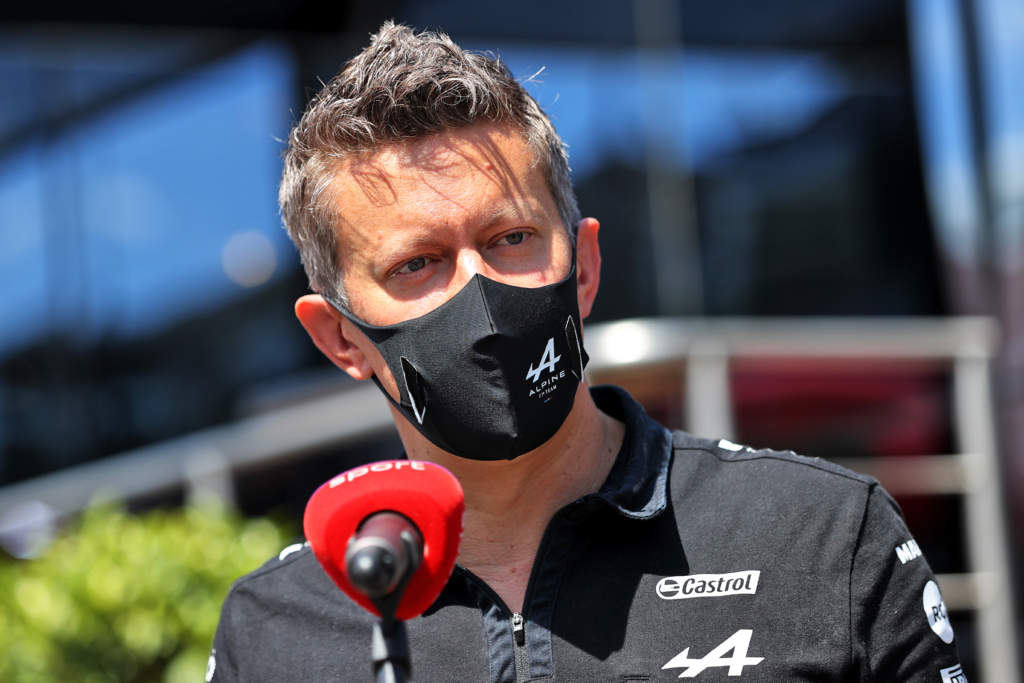Up Next

The paperwork caused by Formula 1’s new budget cap “probably went over the top” but was worth it because the biggest teams had grown “beyond common sense and sustainability”, reckons Alpine executive director Marcin Budkowski.
This year is the first teams have to comply with financial regulations in addition to the rules that governing the sporting and technical sides of the championship.
The budget cap is the first of its kind for F1 and sets an initial limit of $145m for teams to comply with, although that could rise or fall slightly depending on the final number of races.
There are also many exceptions to the budget cap which means the reality is that F1’s biggest teams – Mercedes, Ferrari and Red Bull – will all still be spending more than that figure.
However, they have all been reined in by the cap and had to make serious adjustments to the way they work, including letting some staff go.

Alpine boss Budkowski, whose team was “lucky enough to be there or thereabouts” with the new limit, said he “wouldn’t like to be in the shoes of the big teams” but believes it was essential F1 acted in this manner.
“The top teams who spent vast amounts more than us, it must be a pretty painful process to go through,” he said.
“However, I think they were just too big to actually have a sustainable future for the sport because they were driving everyone’s expenses up and then it meant for most teams it was not realistic to be competitive.
“It’s probably come a bit late, because these teams have been allowed to grow beyond common sense and sustainability.
“I don’t envy the process they are going through, it’s painful, but for the sport going forward, it’s the right thing.”
One of the goals of F1’s budget-cap era, as well as a revised set of commercial terms in the Concorde Agreement, is to safeguard the future of all 10 teams by strengthening their financial positions considerably.
It has previously been difficult for teams not winning and fighting for championships to attract the sort of funding required to break even, let alone turn a profit.
Budkowski claims that during those conversations “a few times it was mentioned that we are the kind of team that Formula 1 wants in terms of size and structure”.

He said Alpine is “below the cap quite significantly” in 2021 but the plan is for the limit to be reduced over time to $135m and that, combined with increased expenses for teams preparing all-new cars for a major technical overhaul in 2022, will put Alpine closer to the limit.
Initially the budget cap was going to be $175m but it got lowered amid crucial cost-saving discussions last year when the COVID-19 pandemic struck.
That means even Alpine is putting in serious work to ensure future compliance and that the team is working as efficiently as possible within the restrictions.
“There’s other teams that are a bit smaller than us, but much has been said of some teams saying we are a small team,” Budkowski said.
“Actually there are very different models around the pitlane in terms of ‘make or buy’. We produce a significant proportion of our parts in-house in Enstone and to do that you need more people.
“Some other people have smaller teams and do more outsourcing but they are eventually spending a similar amount of money to us. And the cost cap is capturing this.

“This year we haven’t had to do anything to comply because we are below – however, compliance is not achieved overnight and in order to be compliant next year, effectively to reduce our costs we have put a lot of work since last year and this year and honestly it is probably taking 50% of my time when I am back at the factory in terms of managing this process.
“What we are effectively talking about is driving the team into working in a different way to what it’s been working so far, driving a lot of efficiency through the business.
“It’s a bit like when the aero regulations came in a few years ago limiting the amount of runs you could do in the tunnel with CFD. It changes your approach to development. You have to make sure every run counts, you have to make sure that you do more preparation before you put a car in the tunnel.
“In a similar way, before we engage a project, before we spend some money, we make sure that it’s going to do what it’s supposed to do. We’ve got to be sure that we are not going to have to re-do it two months later, or we’ve got to pick the things we do and the things we don’t.
“But also, we have to make sure we work in the most efficient way. So, it’s a really interesting journey actually.”
With that has come “a fair amount of admin association” that Budkowski said has “probably gone a little bit over the top”.
He suggested that the FIA is relenting on some of its demands because “it was a little bit too complicated” – hinting that bigger teams have caused some issues behind-the-scenes to prove a point.

“Part of it is necessary in Formula 1 because you have to make sure that there’s policing of the regulations,” said Budkowski.
“Maybe some of the top teams that are not that happy about the cost cap have tried to complicate it so much that it becomes unpoliceable, or demonstrate that it’s not going to work.
“The FIA has realised that and is coming back to something more sensible. It’s a learning process. We are building this together.
“Sometimes we get it right, sometimes we don’t. All the teams are naturally suspicious. We all look at each other saying ‘I’ll comply, but I want everyone else to comply as well’.
“We are all for policing, it just needs to be at the right level so it doesn’t become a contest of accountants.”






